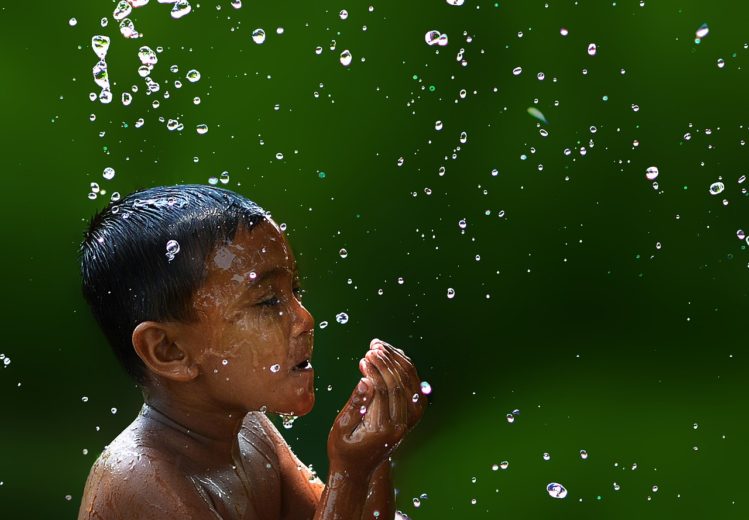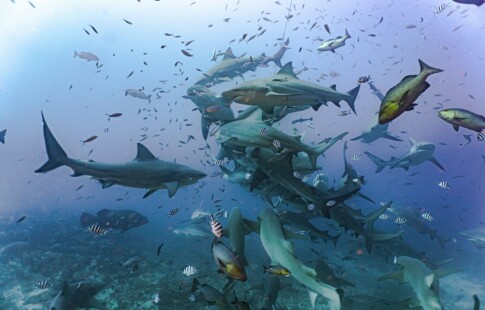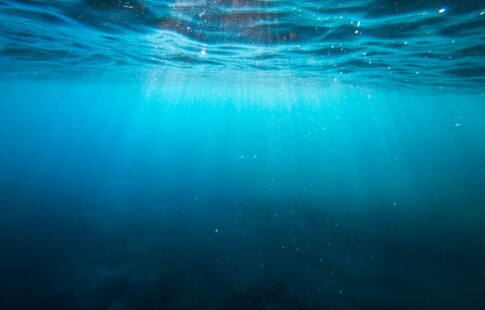
What Are the Stats of Water Waste Around the World?
We are reader-supported. When you buy through links on our site, we may earn affiliate commission.
Last updated: March 29, 2024
Countries With the Highest Water Waste Around the World
Water is one of the most important substances on the planet. Every living being needs it to survive. We drink it, use it to produce food and use it for hygiene purposes. However, these nations use, and therefore, waste a lot of water for various reasons, whether they have large populations or not. These numbers are based on cubic meters per capita annually:
- India: 761 billion m³
- China: 581.29 billion m³
- United States: 444.29 billion m³
- Indonesia: 222.64 billion m³
- Pakistan: 183.45 billion m³
- Iran: 93.3 billion m³
- Mexico: 89.55 billion m³
- Philippines: 85.87 billion m³
- Vietnam: 82.03 billion m³
- Japan: 78.4 billion m³
Sadly, though, only one in four people have access to clean water and every day 2 million tons of sewage and industrial and agricultural waste are discharged into the world’s water.
In fact, over 25% of freshwater fish species are now at risk of becoming extinct, which is due in large part to the pollution of our freshwater supply.
The reason for this isn’t so much that there isn’t enough water as it is an issue of management and distribution. While people in some areas struggle to find enough, other regions end up wasting substantial amounts of water.
Let’s take a look at some water waste stats around the world and which countries have areas where they can improve in their wastewater technology and management.
Which Countries Use the Most Water?
Typically, nations with higher populations and increased urbanization are high water-wasters.
When you consider how much water we use for every day activities, it’s easy to imagine how high average daily water use is around the world. The average American uses 100 or more gallons daily and the world averages four trillion m³ every year.
It’s also essential to note some nations do not appear to use as much water even with high populations because of water scarcity. There are several areas worldwide not only with few water sources, but have little access to cleaning and sanitation technologies.
In Africa, water supply conditions vary from country to country. Some have plentiful supplies, while others do not. Even in nations that have freshwater sources, ineffective distribution of that water is a problem. Around 226 million residents of Southern and Eastern Africa don’t have adequate water utilities, and 381 million don’t have sanitation access.
Much of Australia is sparsely populated desert. So while waters use in much of the country is minimal, people have relatively high levels of water use along the coast where populations are higher. Consumption has been falling, though, as drought conditions and other environmental pressures push the nation to better conserve its water resources.
Industries with the Highest Water Waste
Nations that rely on specific industries are also more likely to use water than others. What sectors are the most water-intensive and may want to reconsider how they operate?
Agriculture
Water waste in the agriculture industry has grown significantly with the growth of crops like wheat, corn, rice, cotton, and sugarcane that require high amounts of water. These crops are not slowing down in terms of growth either, so it’s becoming more essential for the agricultural industry to use more advanced water management technologies to identify and reduce water waste. One of the most promising avenues is hydroponics, which uses 10 times less water than standard farming methods.
Beverage
In addition to waste in growing our food, making all the beverages we drink takes a toll on our water supply. Many of our most common drinks require sugar, barley, coffee, chocolate, lemons or vanilla, but growing these all require massive amounts of water. To make a gallon of beer, we use about seven gallons of water. Although many of us consume one or more beverages other than water every day, it’s important we keep in mind the impact we’re having on our planet. Other drink types like soda and coffee have a massive impact, as well.
Textile and Garments
You may not have considered this before, but making our clothes requires some of the highest amounts of water of any industry. A single pair of jeans requires about 2,900 gallons of water. However, with the impacts of fast fashion becoming more widely known, retailers like H&M and Levi’s are looking to decrease water usage whenever possible. Buying from consignment shops or even online options like ThreadUp offer opportunities to buy used clothes and reduce your impact on water waste.
Automotive Manufacturing
In the automotive industry, the majority of water usage includes surface treatment and coating, paint spray booths, cooling, air conditioning systems and boiler use. While many of us need a vehicle to drive to work or school, before you buy a brand new car to replace your current clunker, keep in mind that it takes about 3.68 m³ of water to manufacture one car.
Mining
Although mining for coal has decreased, the mining sector has grown in mining lithium and other materials used for electric vehicles, solar panels and other renewable energy sources. Mining typically occurs in areas that already have little freshwater available and tends to strain what little water is available. Due to this, it’s essential that the mining industry grow in its wastewater treatment methods and cut water usage wherever possible.
What Do We Use Water For?
People use a lot of water at home, but much more water use goes toward agricultural, industrial and other processes. These indirect water uses make up the largest portion of our water footprints. Globally, irrigation for agricultural use is the biggest reason for water withdrawals, accounting for 70%.
Lifestyle choices also play a part in shaping someone’s water footprint. Part of the reason that the United States uses so much water per capita is our diet. Meat consumption is one of the most water-intensive. Around 200 grams of beef has the water waste equivalent to a shower lasting 47 minutes.
More direct at-home uses of water include drinking, cooking, showering and flushing the toilet, which accounts for 24% of water use in the average American home. Showering uses 20%, running the faucet uses 19% and washing clothes makes up 17%. Leaks are another significant contributor, accounting for 12% of household water use on average.
How Can We Conserve Water?
While these are all legitimate uses of water, the way in which we use water for these purposes can result in waste.
In the agricultural and industrial sectors, we need to look for more efficient ways to use water. Many farms, for instance, have switched to drip irrigation, which supplies water directly to the root of the plant, rather than the entire area around the plant.
Other ways that farms can reduce their water use include planting more native plant species, switching to crops that require less water and raising less livestock. Consumers can support these efforts by purchasing these native foods and eating less meat.
Turning off the water in your home, even for short periods can result in substantial water savings. Turning off the tap while you brush your teeth, for instance, can save eight gallons of water every day. Only running appliances like the dishwasher when it’s full can reduce the average U.S. family’s water consumption by 320 gallons per year.
Leaking tap wastes countless liters of water a year, so fixing leaks in a home can prevent gallons of water waste every week. According to the Environmental Protection Agency, installing water-efficient fixtures and appliances can cut water consumption by 20%.
In countries that have a consistent source of fresh water, it’s easy to take the resource for granted. In many parts of the world, though, water is a scarce commodity. To help solve the water crisis, we need to keep in mind the reality that many people face every day and push for more efficient water usage at home and in society overall.
This was updated March 29, 2024, in order to provide more current information.
Share on
Like what you read? Join other Environment.co readers!
Get the latest updates on our planet by subscribing to the Environment.co newsletter!
About the author

Jane Marsh
Starting from an early age, Jane Marsh loved all animals and became a budding environmentalist. Now, Jane works as the Editor-in-Chief of Environment.co where she covers topics related to climate policy, renewable energy, the food industry, and more.





